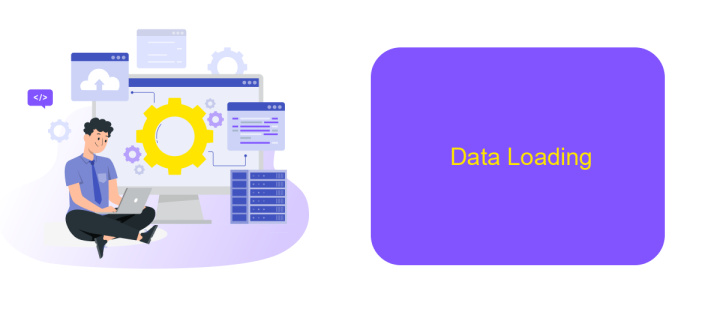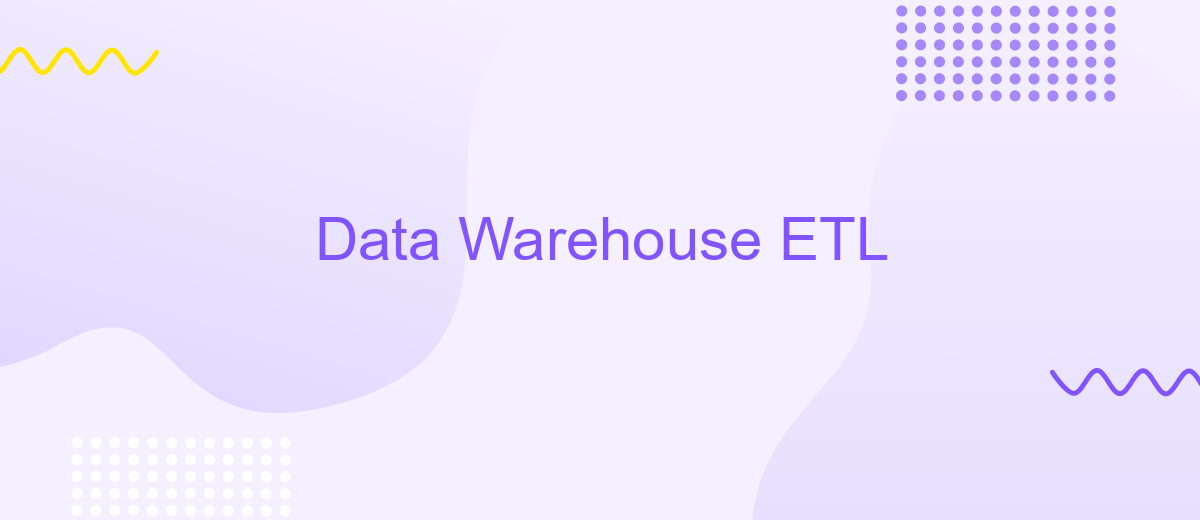Data Warehouse ETL
A Data Warehouse ETL (Extract, Transform, Load) process is essential for consolidating data from various sources into a centralized repository. This process ensures that data is accurately extracted, transformed into a suitable format, and loaded into the data warehouse for analysis and reporting. A well-implemented ETL system enhances data quality, consistency, and accessibility, enabling informed decision-making.
Introduction
Data Warehouse ETL (Extract, Transform, Load) is a crucial process in modern data management, enabling organizations to consolidate and analyze vast amounts of data from various sources. This process involves extracting data from different systems, transforming it into a suitable format, and loading it into a centralized data warehouse for further analysis and reporting.
- Extract: Gathering data from multiple sources such as databases, APIs, and flat files.
- Transform: Cleaning, filtering, and converting data into a consistent format.
- Load: Inserting the transformed data into a data warehouse for storage and analysis.
Effective ETL processes are essential for ensuring data quality and consistency. Tools like ApiX-Drive can facilitate seamless integration by automating data extraction from various sources and transforming it according to business requirements. By leveraging such services, organizations can streamline their ETL workflows, reduce manual effort, and focus on deriving actionable insights from their data.
Data Extraction

Data extraction is the initial phase of the ETL (Extract, Transform, Load) process in a data warehouse. It involves retrieving data from various source systems, which can include databases, flat files, APIs, and other data repositories. The goal is to collect accurate and relevant data that will be transformed and loaded into the data warehouse for analysis. During this phase, it's crucial to ensure data integrity and consistency, as any errors or discrepancies can affect the quality of the insights derived from the data warehouse.
One of the key challenges in data extraction is integrating disparate data sources, which often have different formats and protocols. Tools and services like ApiX-Drive can greatly simplify this process by providing seamless integration capabilities. ApiX-Drive allows users to connect various applications and automate data extraction workflows without needing extensive coding knowledge. By using such services, organizations can streamline their data extraction processes, reduce manual effort, and ensure that data is collected efficiently and accurately from multiple sources.
Data Transformation

Data transformation is a critical step in the ETL (Extract, Transform, Load) process, where raw data is converted into a format suitable for analysis and reporting. This process ensures that data from various sources is consistent, accurate, and ready for use in a data warehouse.
- Data Cleaning: Removing inconsistencies, duplicates, and errors to ensure data quality.
- Data Integration: Combining data from different sources to create a unified dataset.
- Data Aggregation: Summarizing detailed data to provide higher-level insights.
- Data Enrichment: Enhancing data with additional information to make it more valuable.
- Data Filtering: Selecting relevant data to meet specific analysis requirements.
Using tools like ApiX-Drive can streamline the data transformation process by automating integration with various data sources. ApiX-Drive offers a user-friendly interface and supports numerous connectors, making it easier to set up and manage data workflows. By leveraging such tools, organizations can ensure efficient and accurate data transformation, ultimately leading to better decision-making and insights.
Data Loading

Data loading is a critical phase in the ETL process, focusing on transferring the transformed data into the target data warehouse. This step ensures that the data is readily available for analysis and reporting, providing valuable insights for business decision-making.
During data loading, it is essential to maintain data integrity and consistency. This involves handling various data formats and ensuring that the data is accurately mapped to the correct fields in the data warehouse. Proper data validation and error handling mechanisms must be in place to address any discrepancies that may arise during the loading process.
- Incremental Loading: Only new or updated records are loaded to reduce processing time.
- Full Load: All data is reloaded, often used during the initial setup or major updates.
- API Integration: Tools like ApiX-Drive can automate and streamline the data loading process from various sources.
Effective data loading strategies can significantly enhance the performance of the data warehouse. By leveraging automation tools and robust error handling mechanisms, businesses can ensure that their data is accurate, up-to-date, and ready for analysis. This ultimately leads to more informed decision-making and improved operational efficiency.
ETL Best Practices
Implementing effective ETL (Extract, Transform, Load) processes is crucial for maintaining a robust Data Warehouse. One best practice is to ensure data quality at the source before extraction. This involves validating and cleansing data to prevent inaccuracies from propagating through the ETL pipeline. Additionally, leveraging incremental data loading rather than full data loads can significantly improve efficiency and reduce system load, ensuring timely data availability for analysis.
Another essential practice is to automate ETL workflows to minimize manual intervention and errors. Tools like ApiX-Drive can facilitate seamless integration between various data sources and destinations, offering a user-friendly interface to set up automated data transfers. Monitoring and logging ETL processes are also critical for identifying and resolving issues promptly. Implementing robust error handling and recovery mechanisms ensures data integrity and reliability throughout the ETL cycle.
FAQ
What is ETL in the context of Data Warehousing?
Why is ETL important for Data Warehousing?
How often should ETL processes be run?
What are some common challenges in ETL processes?
Can ETL processes be automated?
Routine tasks take a lot of time from employees? Do they burn out, do not have enough working day for the main duties and important things? Do you understand that the only way out of this situation in modern realities is automation? Try Apix-Drive for free and make sure that the online connector in 5 minutes of setting up integration will remove a significant part of the routine from your life and free up time for you and your employees.

